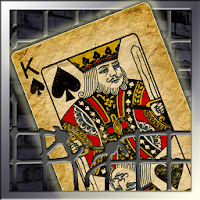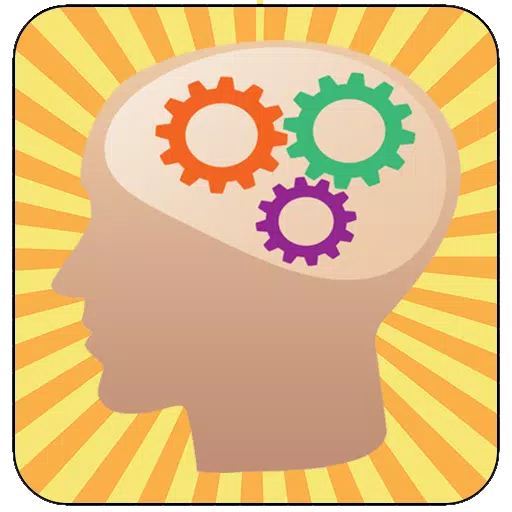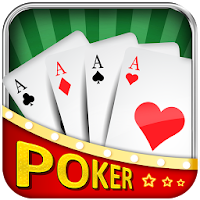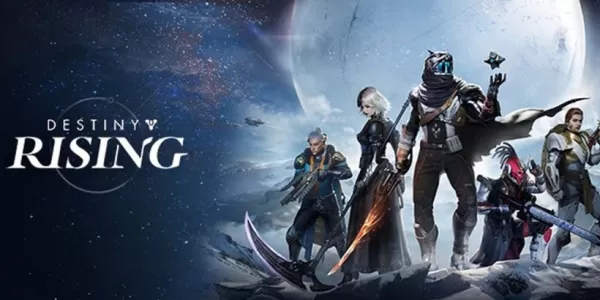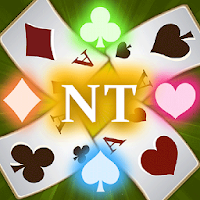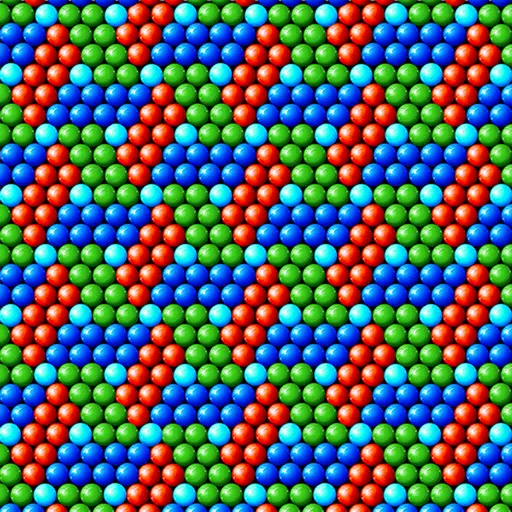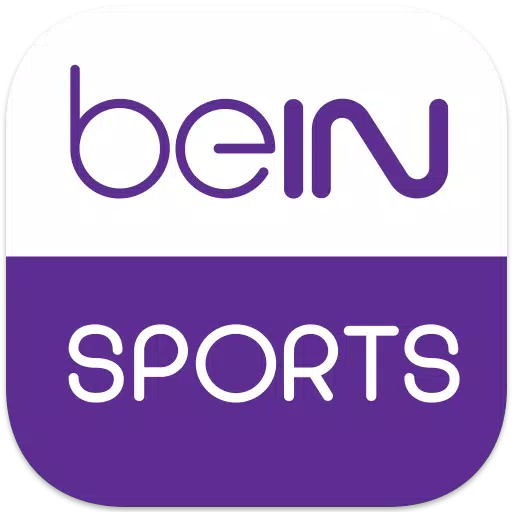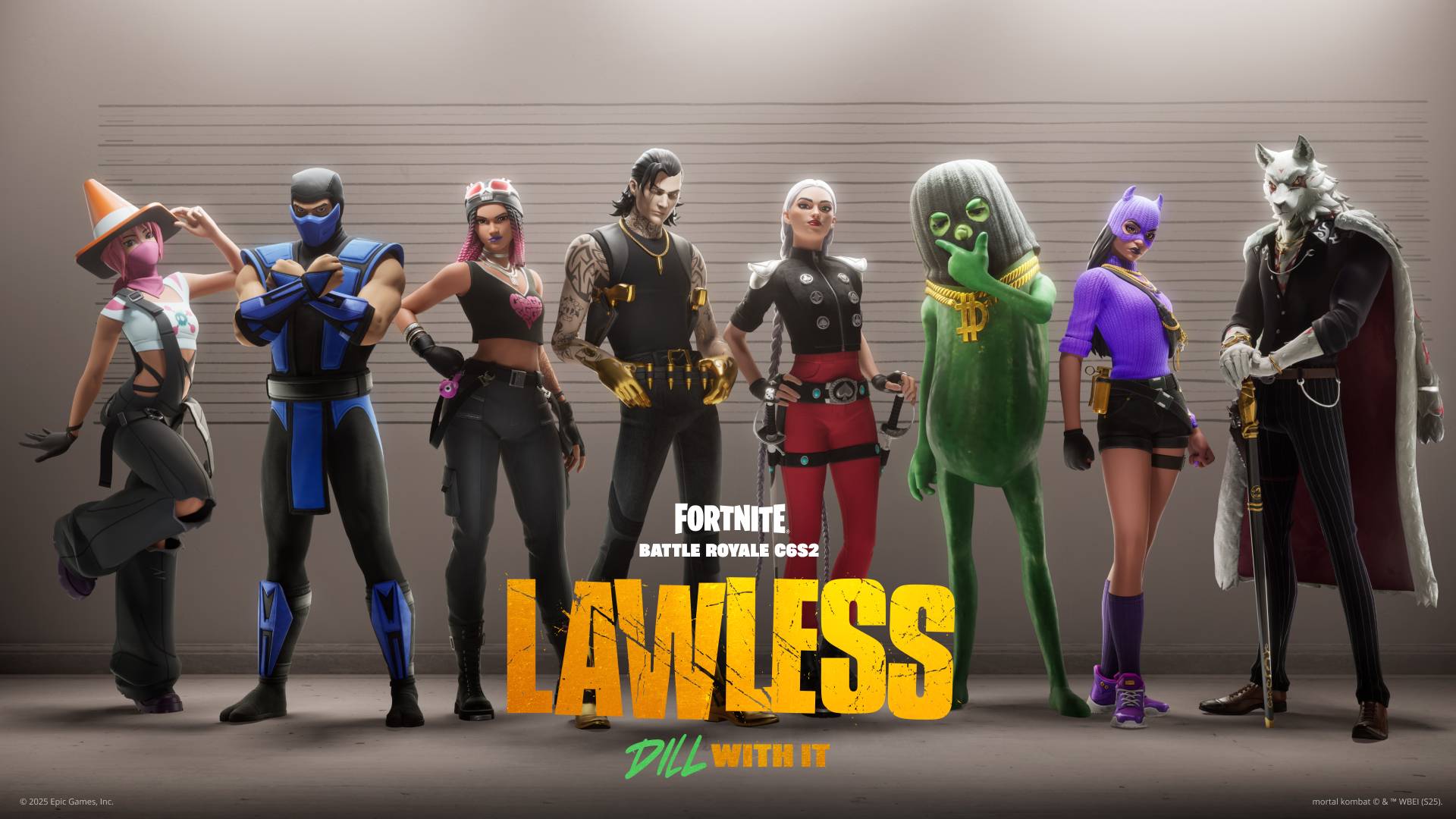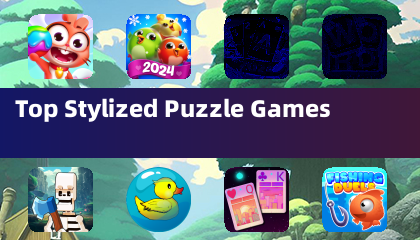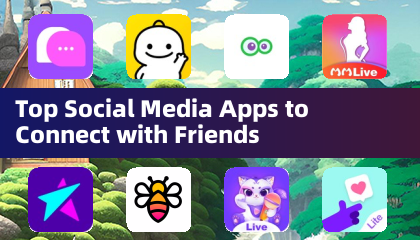Asus ROG Ally: TV & Monitor Connection Guide
The ROG Ally, a compelling Steam Deck alternative, exploded onto the scene in 2023. Its Windows OS grants access to an even wider game library. The 2024 ROG Ally X model boasts upgraded internals and improved ergonomics thanks to enhanced cooling and a more comfortable grip.
While its portability is a key selling point, enjoying games on a larger screen is equally appealing. Both ROG Ally models offer external display connectivity for big-screen gaming on TVs or monitors. Below, we detail how to connect your ROG Ally, providing step-by-step instructions and recommendations.
Connecting with an Adapter
Connecting your ROG Ally to a TV or monitor is straightforward using an adapter. From compact dongles to direct cables, and including the official ROG Gaming Charger Dock, many options exist.
What You'll Need

ASUS ROG 65W Charger Dock
The ASUS ROG Gaming Charger Dock offers a space-saving solution, doubling as a charger. Simply connect using a USB-C and HDMI cable. It also includes a USB-A port for mouse/keyboard connectivity.
Alternatively, a third-party USB-C to HDMI adapter connects directly to the ROG Ally's USB-C port. Connect an HDMI cable to the adapter and your TV/monitor. A USB-C to HDMI cable offers a single-cable solution. Some adapters even feature a USB-C passthrough port for charging the Ally while connected; this requires an additional USB-C cable and power adapter.
How to Connect: Step-by-Step Instructions
- Plug a USB-C to HDMI adapter (or cable) into the ROG Ally's top USB-C port. For the ROG Gaming Charger Dock, connect a USB-C cable from the Ally to the dock's USB-C port.
- Connect an HDMI cable from the adapter (or dock) to your TV/monitor's HDMI port. For a direct USB-C to HDMI cable, connect directly to the TV/monitor.
- (Optional) If your adapter has a passthrough USB-C port, connect your Ally's power adapter for charging.
- Power on the ROG Ally; it should automatically detect and output the video signal.
- Switch your TV/monitor's input to the correct HDMI input.
Connecting with a Docking Station
For a Nintendo Switch-like experience, consider a docking station. While no official ROG Ally dock exists (excluding the ROG Gaming Charger Dock), many third-party options are available, offering a stand for your Ally while charging and connecting to your TV/monitor.
What You'll Need
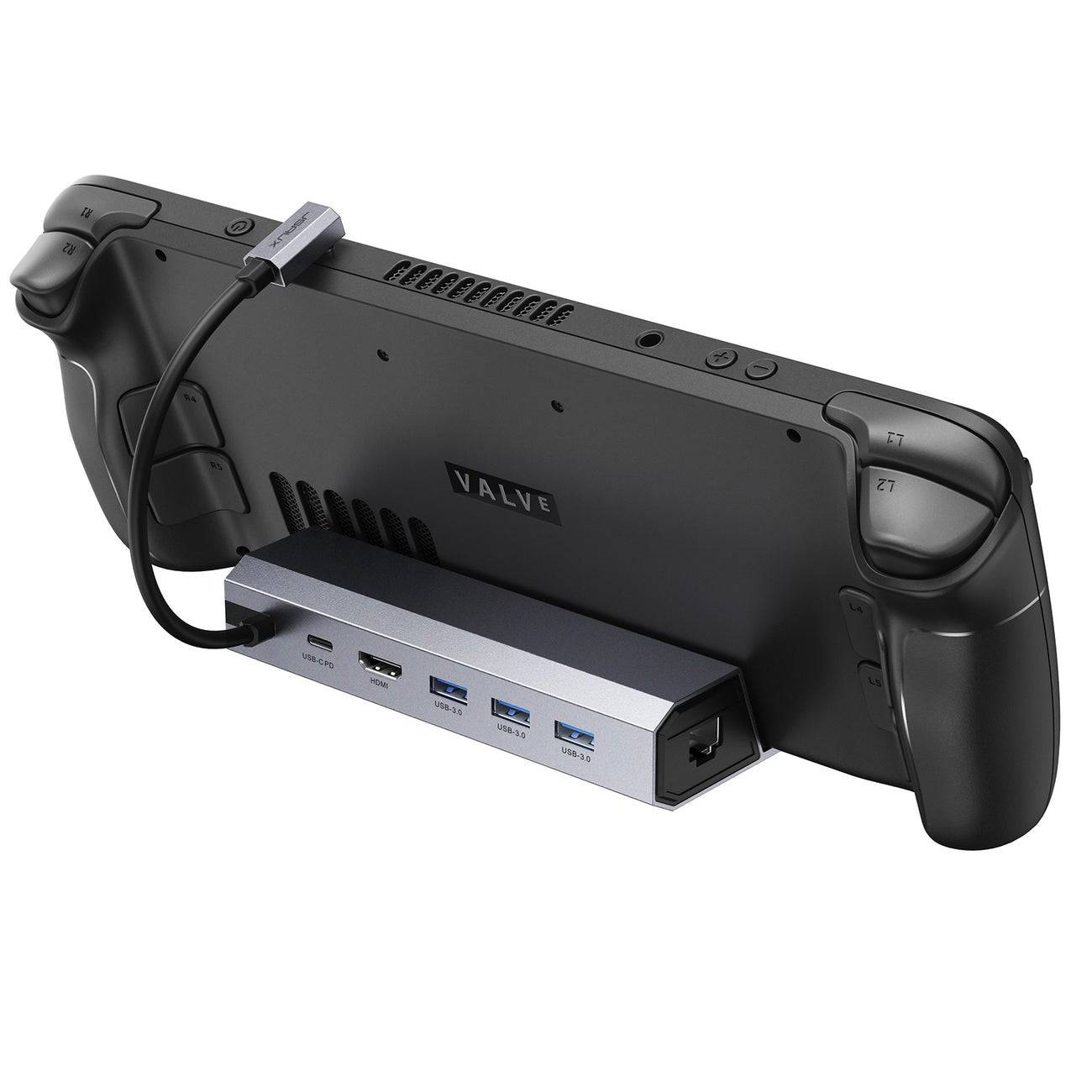
JSAUX Docking Station HB0603
This lightweight, compact dock offers 100 watts of power for fast charging and multiple ports, also serving as a stand.
Basic docks typically include an HDMI port and a USB-C passthrough charging port. More advanced docks offer additional USB ports, Ethernet ports, SD card slots, and even DisplayPort for multiple displays.
How to Connect: Step-by-Step Instructions
- Place your ROG Ally in the dock.
- Connect the USB-C power cord to the Ally's top USB-C port.
- Connect your Ally's power adapter to the dock's USB-C charging port.
- Connect an HDMI cable from the dock to your TV/monitor's HDMI port.
- Power on the ROG Ally; it should automatically detect and output the video signal.
- Switch your TV/monitor's input to the correct HDMI input.
You'll Also Need a Controller
While mouse and keyboard connectivity is possible, a wireless controller offers the most comfortable big-screen gaming experience. The ROG Ally supports Bluetooth-enabled controllers. The following are recommended (compatibility also extends to Steam Deck controllers):
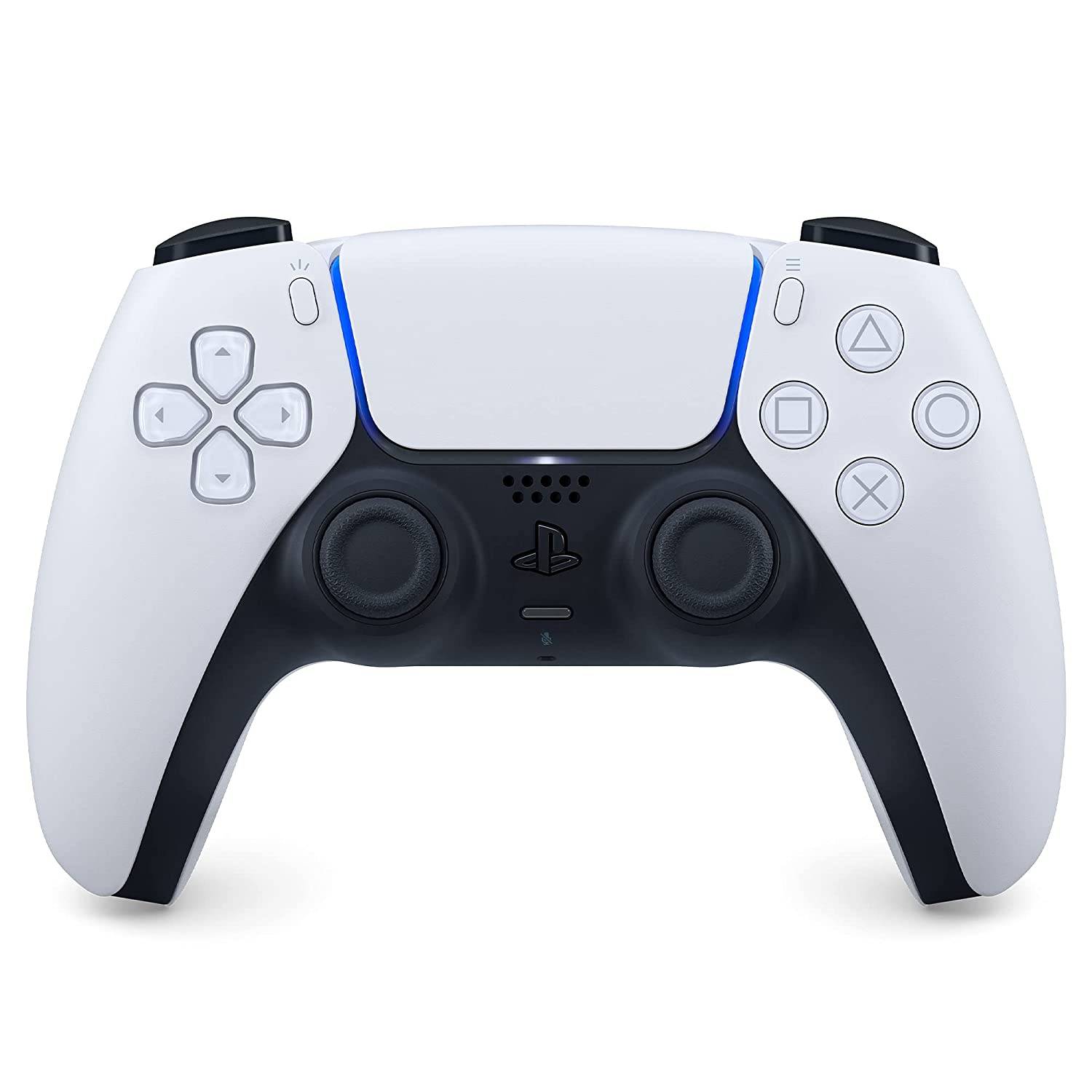
Sony DualSense
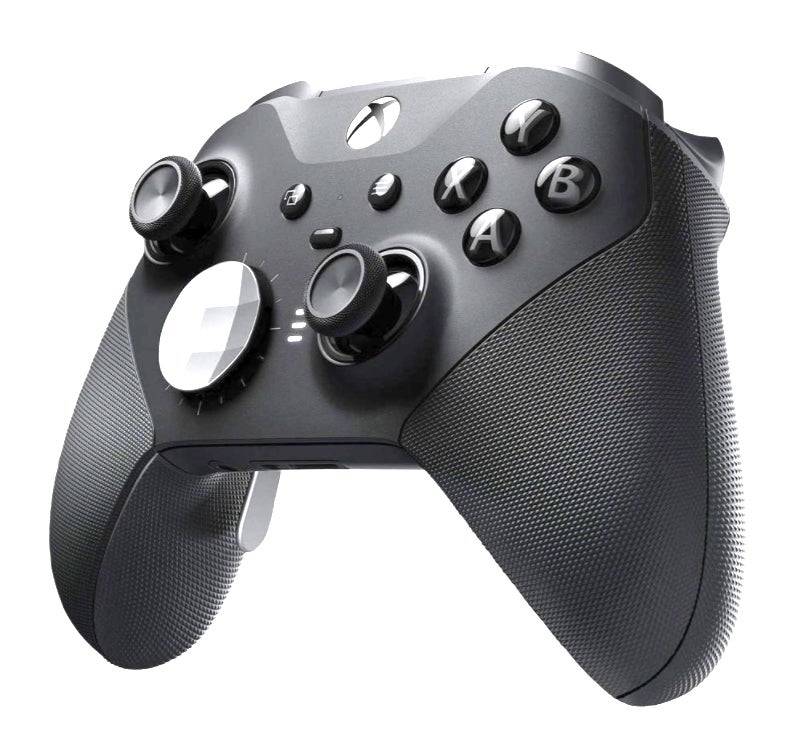
Xbox Elite Series 2 Controller

8BitDo Ultimate Controller
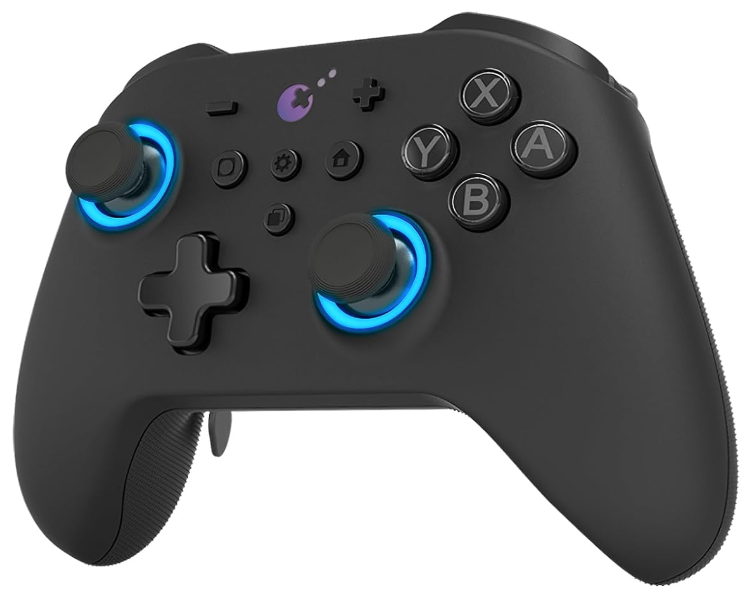
GuliKit KingKong 3 Max Controller

PowerA Wireless GameCube Style Controller
Consider first-party options like the DualSense, Xbox Wireless Controller, or Nintendo Switch Pro Controller, or numerous third-party alternatives. Some controllers use a 2.4GHz wireless connection (often with a USB adapter) for lower latency and better range than standard Bluetooth. Wired USB controllers are also an option for close proximity.


